B-21 'Family Of Systems' Details Emerge, Engine Test Runs Start
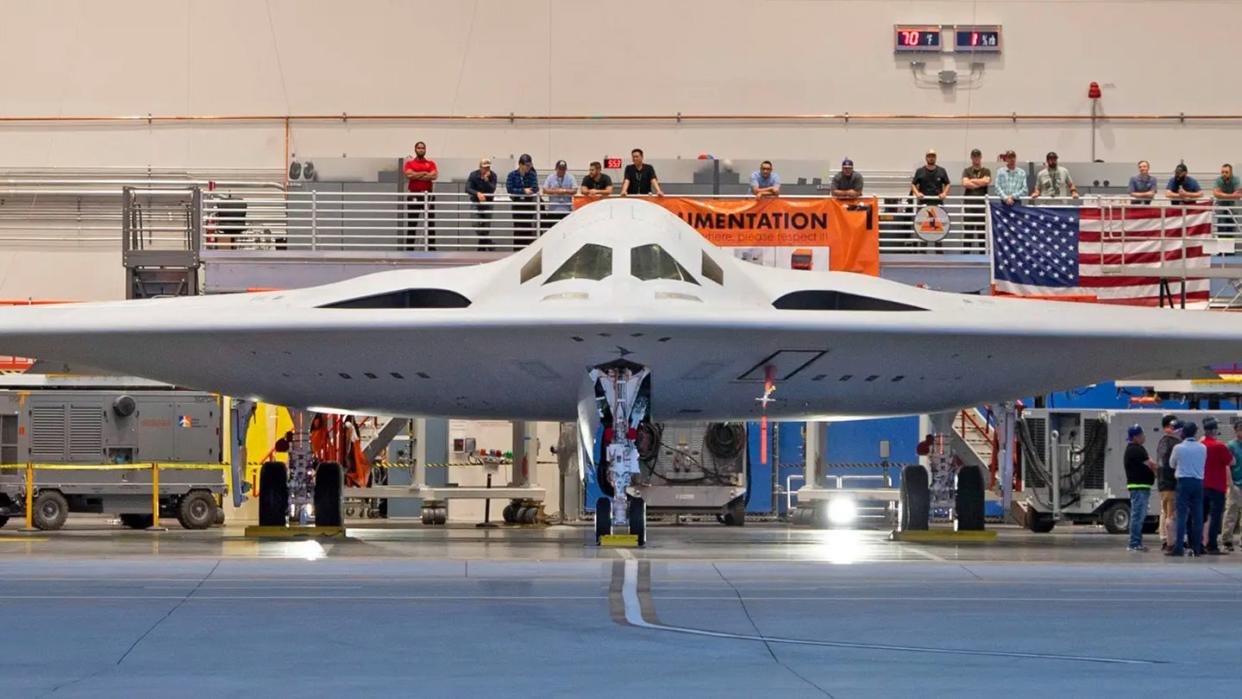
The U.S. Air Force's new B-21 Raider stealth bomber is one step closer to its first flight with the start of engine test runs on the ground just being announced today. However, as the aircraft achieves new milestones, it is worth remembering that it is actually just a part — clearly the most visible one — of a "family of systems." The most exciting capabilities this family has to offer likely remain well hidden from view and some will not even be found anywhere on the plane itself. Air Force Secretary Frank Kendall opened up a bit to us about this shadowy realm of the B-21 program during a media round table yesterday at the Air & Space Forces Association's main annual symposium.
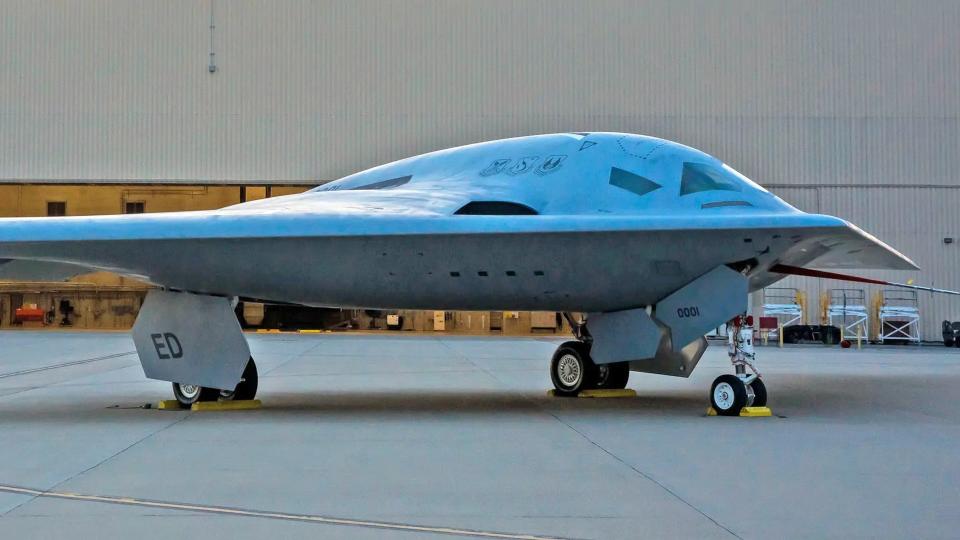
Kendall said the Long Range Strike family includes systems that will be integrated with the aircraft, like weapons and sensors, and ones that will "accompany" it. Descriptions of the latter category seem to, at least in part, allude to the existence of one or more additional very advanced aircraft designs, very likely stealthy and uncrewed, which may already be in service on some level, although Kendall did not discuss it.
Kendall also elaborated on how Raiders might work together with future advanced drones with high degrees of autonomy that be acquired through the Collaborative Combat Aircraft (CCA) program. That effort is part of the service's larger Next Generation Air Dominance (NGAD) modernization initiative that is also built around a family of systems. The B-21 and the strategically-focused Long-Range Strike ecosystem will complement the tactical-focused NGAD, and vice versa, and work is being done to allow the two ecosystems will mesh together wherever possible.
"The B-21 family of systems ... involves things that could be carried by or possibly accompany the B-21, things that can support it from off-board," Kendall said. "That includes munitions, it includes other things that could be used for defensive purposes, for example. So, that's really what that's all about."
"Unfortunately, an awful lot of that is classified," he added.
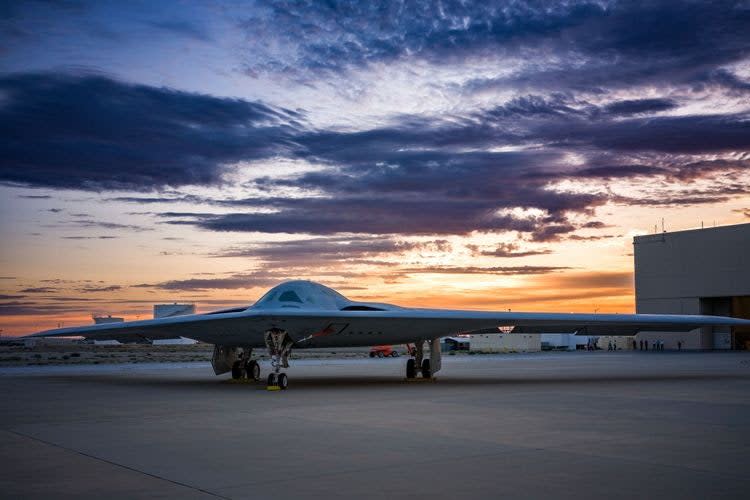
It has been publicly known, though not often discussed, that the B-21 would be just one component of a larger directly integrated ecosystem since the Air Force first began talking about programs that would lead to the Raider's development back in the late 2000s. The B-21 effort was originally called the Long Range Strike-Bomber (LRS-B) program, which was a part of what was described at the time as a Long Range Strike family of systems.
The nuclear-armed and stealthy Long Range Stand Off (LRSO) cruise missile, which B-21 and B-52 bombers will be able to employ, is another known component of the larger LRS effort. Now designated the AGM-181, the LRSO is set to replace the Air Force's existing AGM-86B air-launched nuclear cruise missile. Other weapon systems, including directed energy weapons, have also been mentioned in the past as part of the LRS family of systems concept.
https://www.youtube.com/watch?v=qu03xx2o_vs
This all fits in with Kendall's mention of "munitions" as part of the future B-21 family of systems. Directed energy weapons like lasers could be among the future onboard defensive capabilities he highlighted, which might also include things like advanced electronic warfare systems and decoys, or even hard-kill interceptors.
Tailored space-based surveillance and communications could also be part of this ecosystem.
One Air Force briefing slide from 2010, seen below, notably also mentions Penetrating Stand-in Airborne Electronic Attack (P-AEA); Penetrating Intelligence, Surveillance, and Reconnaissance (P-ISR); and Enduring Command, Control, and Communication, as additional subcomponents of the LRS family of systems.
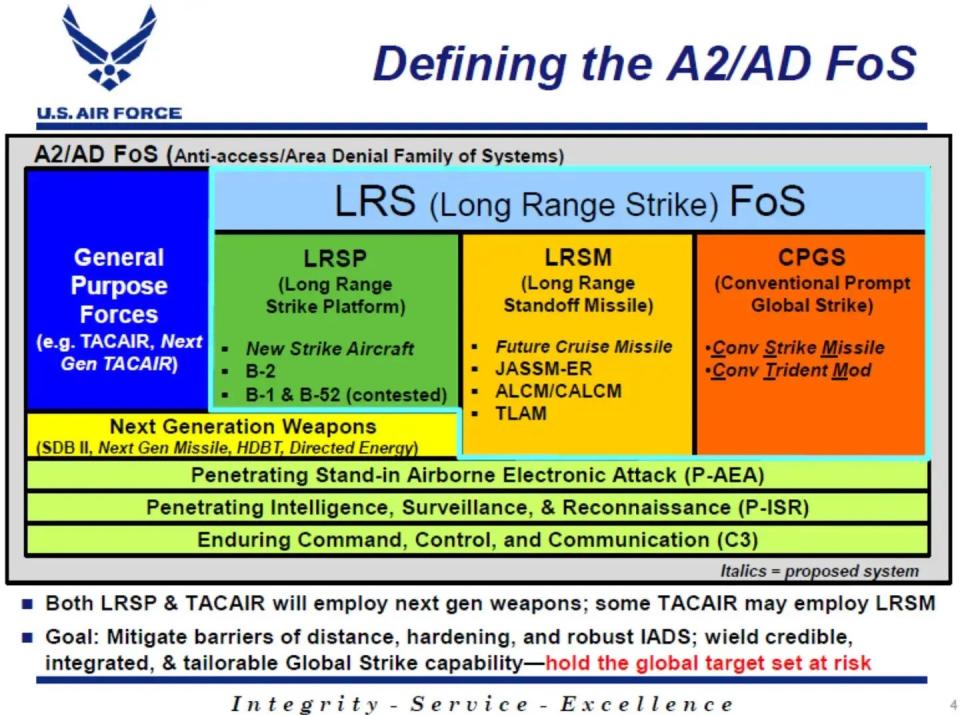
Some of these capabilities will be integrated onto the B-21 itself, as Secretary Kendall reiterated yesterday.
"The Raider was built with an open-systems architecture, which makes it highly adaptable. So as the United States continues to innovate, this bomber will be able to defend our country with new weapons that haven't even been invented yet," Secretary of Defense Lloyd Austin had also said at the B-21's public rollout ceremony last December. "The B-21 is multi-functional. It can handle anything from gathering intel to battle management."
"The B-21 could be the delivery platform [for precision ordnance] or there could be other roles that it could play, whether it be sensor, or whether it be accompanied with different types of collaborative combat aircraft," Air Force Vice Chief of Staff Gen. David Allvin told Air & Space Forces Magazine last year. "It has the capability to do some very unique things, and those unique things may not fall into the traditional ‘Put bombs in the bomb bay, go as deep as you can, and drop bombs’ [playbook]."
That being said, the P-AEA and P-ISR elements, in particular, have long pointed to the possible existence of entirely separate aircraft. At the same time, there have been growing signs for some time now that a high-altitude stealth spy drone, referred to commonly as the RQ-180, is close to entering service, if it hasn't already on at least a limited basis.
From what has been gleaned over the years, the RQ-180 would be well suited to the P-AEA role, as well as the P-ISR and other mission sets, and could be an ideal enabler for the B-21. Further variants or derivatives of the RQ-180 could be better optimized for any of these functions, as well. These are all things that The War Zone has speculated on in the past.
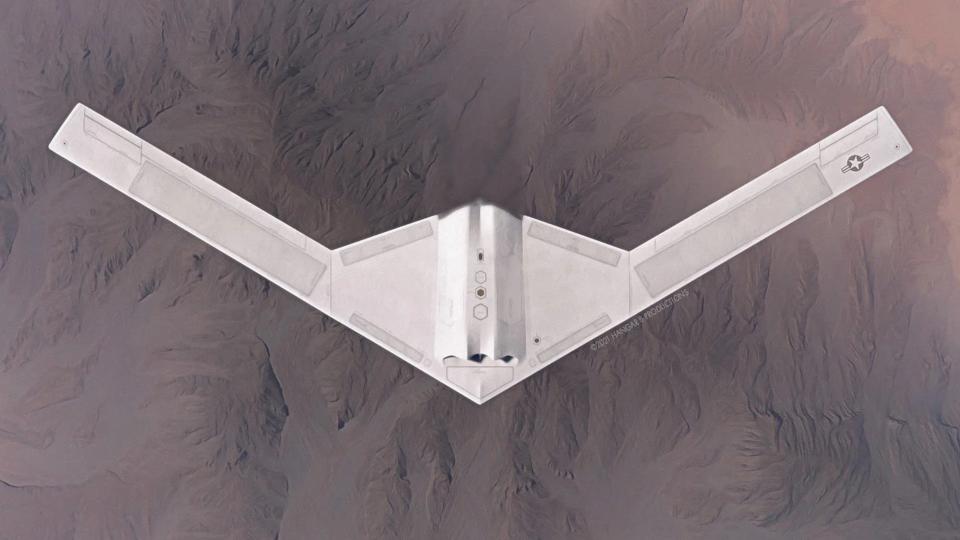
The RQ-180, widely understood to be another Northrop Grumman flying-wing type design, may also have played a role in risk reduction efforts in support of the Raider's development.
Other aircraft designs could well be part of the B-21 family of systems. It is known that the Air Force actively considered, but ultimately abandoned plans for an uncrewed bomber-like aircraft that would've operated closely in concert with the B-21, something Secretary Kendall noted again yesterday.
"When we started the Operational Imperatives, we thought initially that we might find a good cost-effectiveness case for dedicated uncrewed Collaborative Combat Aircraft that would accompany the B-21," Kendall said. "That didn't turn out to be the case as we got into the analysis."
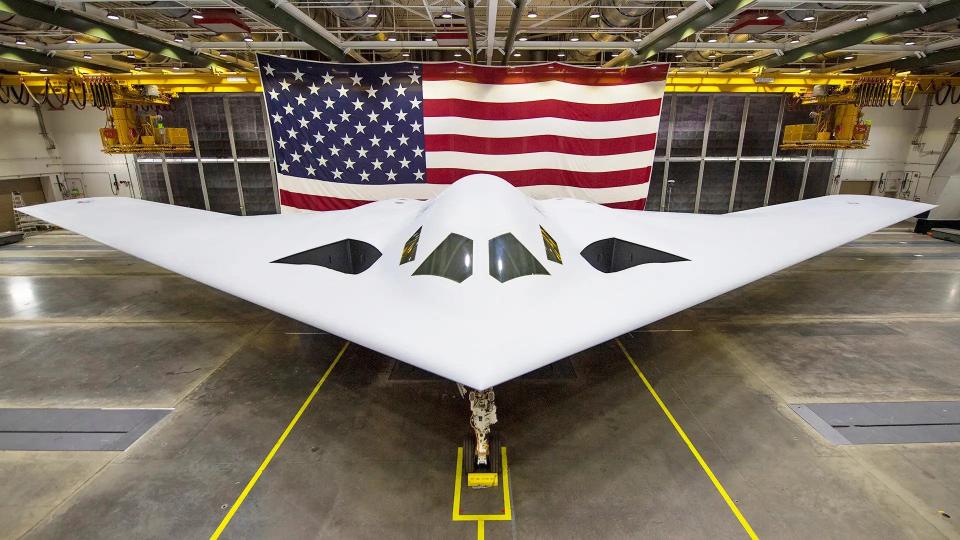
The Air Force is still exploring how its current vision for how it will employ CCAs, primarily in close coordination with crewed tactical jets in various roles, might extend to collaboration with the Raider.
"The kind of scenario ... just described, is a possibility, where, basically, the B-21 'picks up' CCAs as it gets closer to the operating area," Kendall said at the roundtable yesterday. "The CCAs could be managed forward, if you penetrate, as augmentation to the B-21. They could provide defensive capability around the B-21. They could provide better situational awareness, potentially, for the B-21."
The kind of off-board defensive capability that Kendall is describing here could be a loyal wingman-type drone or something more novel. The Defense Advanced Research Projects Agency (DARPA) currently has a program called LongShot that is exploring the idea of an air-launchable drone armed with air-to-air missiles that fighters and bombers could employ. General Atomics just won a contract to actually build and test-fly a prototype LongShot design.
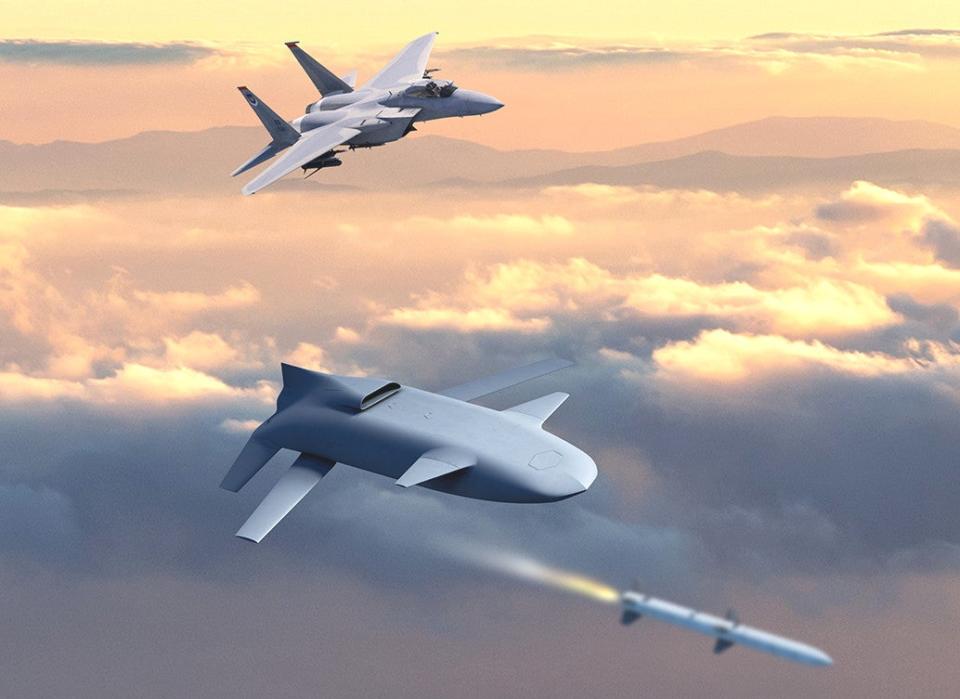
"Those sorts of things are possibilities," but are "not the main line [of effort]" for the CCA program, he added.
"The more we learn about the idea of the CCAs and how it can fit into our operating context, the more interesting and appealing it becomes," Kendall continued, speaking more generally. "That's one of the reasons somebody mentioned earlier the excitement about it. There's reason to be excited about it. It offers a lot of really interesting technical possibilities."
The Secretary had made a splash in March when he announced that the Air Force was planning around the acquisition of at least 1,000 CCAs, as well as 200 sixth-generation stealthy crewed combat jets as part of a separate NGAD subprogram. At that time, Kendall explained that the 1,000-CCA figure was based on a notional concept of operations involving two of the drones being paired with each of the 200 NGAD combat jets and 300 F-35A Joint Strike Fighters. He subsequently explained that the total planned size of this drone fleet and ideas for how they might be employed were still evolving.
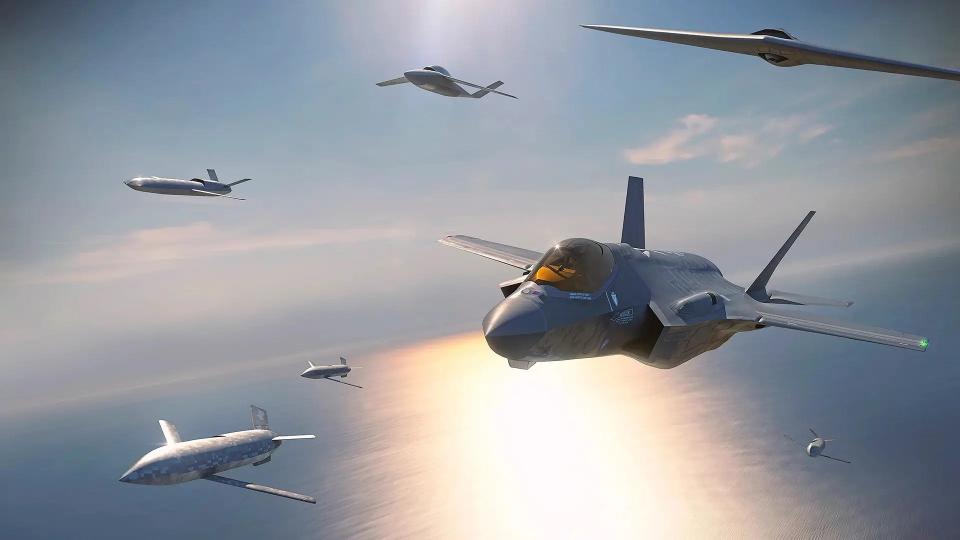
"Initially, I said two to five [CCAs per crewed aircraft] was sort of the range... We would like to have at least two. More is better. You get more cost-effectiveness if you can do more," Kendall explained yesterday. "But you've got to have technology that can allow the crewed aircraft to control that number, and do it effectively, right? So that's still an unknown."
"What we're trying to get industry to do is to mature technology, to be creative, and then demonstrate to us what kind of capabilities they can provide and why it's cost-effective," he added. "And that's how we're going to be just selecting which ones [CCAs] we carry to the next phase of competition."
The War Zone just recently explored these very issues in extreme detail in the context of one company, Anduril, and its recent acquisition of another, Blue Force Technologies. The latter firm had been working on was primarily pitched as an uncrewed aggressor drone called Fury, which Anduril is now marketing more broadly, and that could be very relevant to the Air Force's needs. You can find that in-depth feature here.
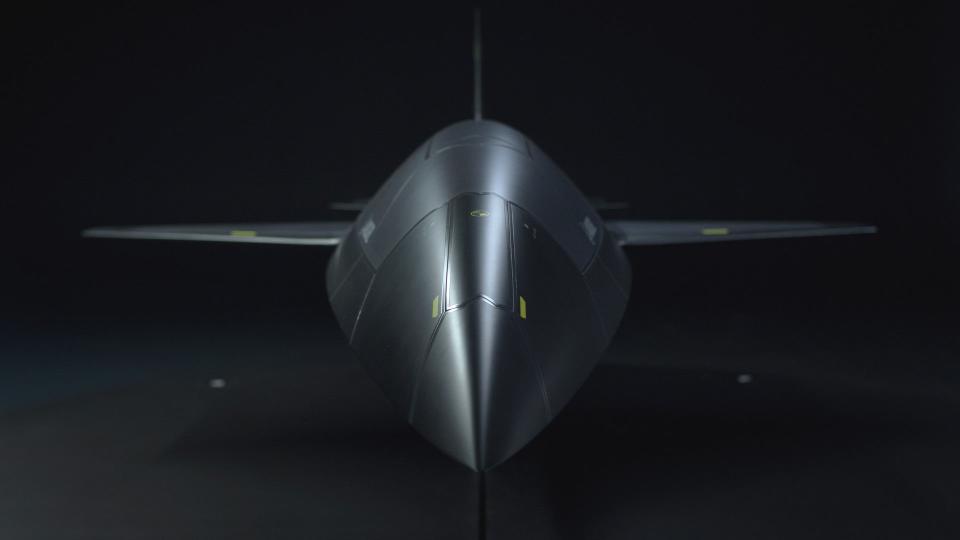
The CCA program looks set to see fierce competition from many different companies. Top-tier U.S. defense contractors like Lockheed Martin, Northrop Grumman, Boeing, and Raytheon, have already laid out visions, explicitly or implicitly, for how they might meet the Air Force's requirements in this regard.
When it comes to the B-21 and its family of systems, more details emerge as the program moves along. At the same time, the Raider, and much about it, is currently highly classified and parts of it will remain that way for many years to come, given its critical centrality in the Air Force's future operational vision, especially when it comes to deterring China.
As it stands now, the Air Force is still hoping that the B-21's first flight will occur later this year and Raiders will begin entering operational service in the mid-2020s.
"We're still hopeful on having first flight this year," Secretary Kendall said yesterday, but immediately hedged his position. "If I were to say it will, I would be making a very specific prediction. And I never do that about an acquisition program for something that hasn't happened yet. Okay?"
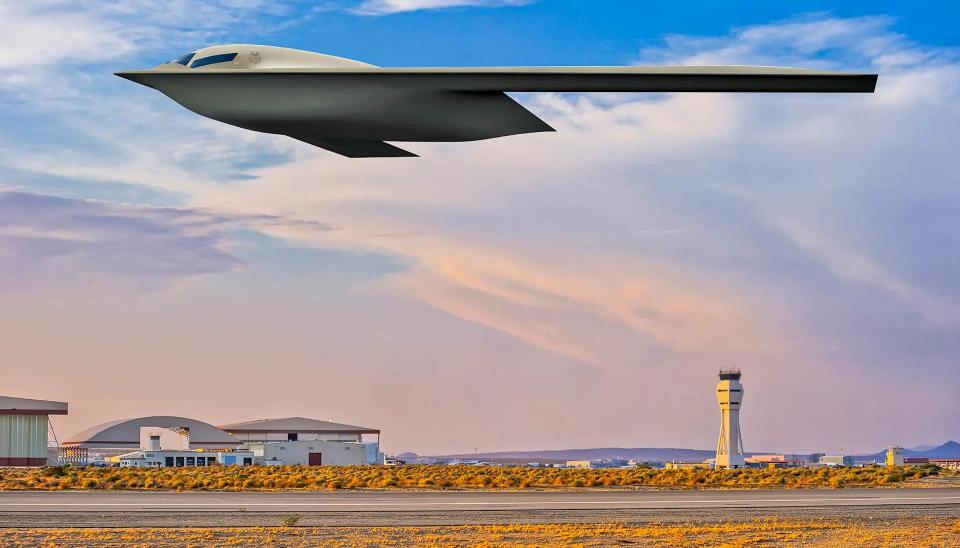
In 2019, Air Force officials indicated that Raider could take to the skies for the first time in 2021, a public timeline that has since been pushed back multiple times.
What we do know is that the B-21 will be much more than we can see on the outside of the bomber, and far more than just the aircraft itself, to include possibly multiple tiers of uncrewed companions.
Contact the author: joe@thedrive.com

